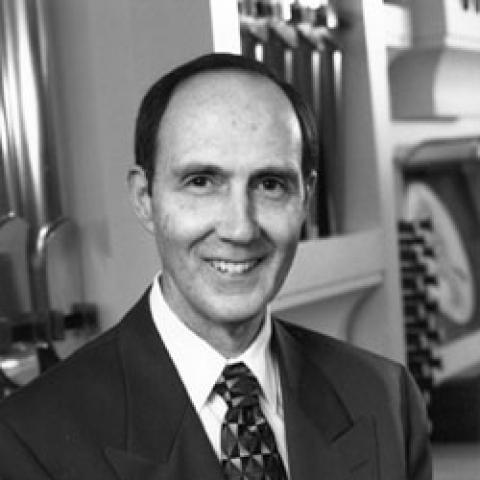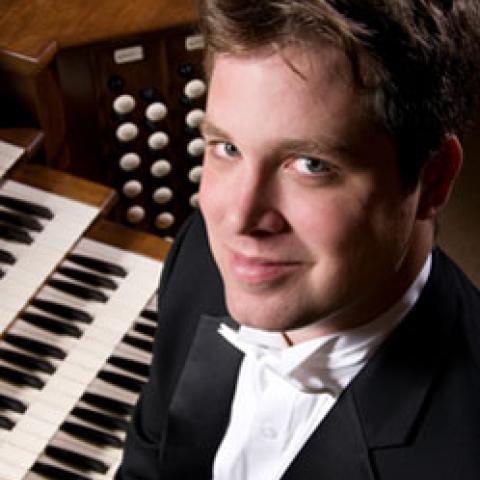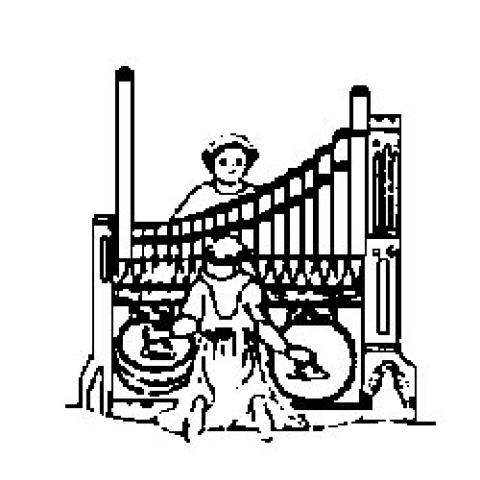
John R. Near is the recipient of the 2011 John Ogasapian Publication Prize. The award is given by the Organ Historical Society to Dr. Near for his book, Widor: A Life Beyond the Toccata (University of Rochester Press, 2011), recognized by the OHS as a distinguished work of original scholarship related to the pipe organ.
John R. Near is the William Martin and Mina Merrill Prindle Professor of Fine Arts, and College Organist at Principia College, Elsah, Illinois, where he has been on the faculty since 1985. He teaches organ, music history, and specialized courses in symphonic music and opera history.
In addition to Widor: A Life Beyond the Toccata, Near’s publications include a ten-volume annotated edition of the Symphonies for Organ by Widor (A-R Editions, Madison, Wisconsin). Near also prepared the first publication of Widor’s Symphony for Organ and Orchestra, opus 42[a].





